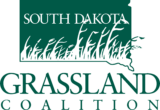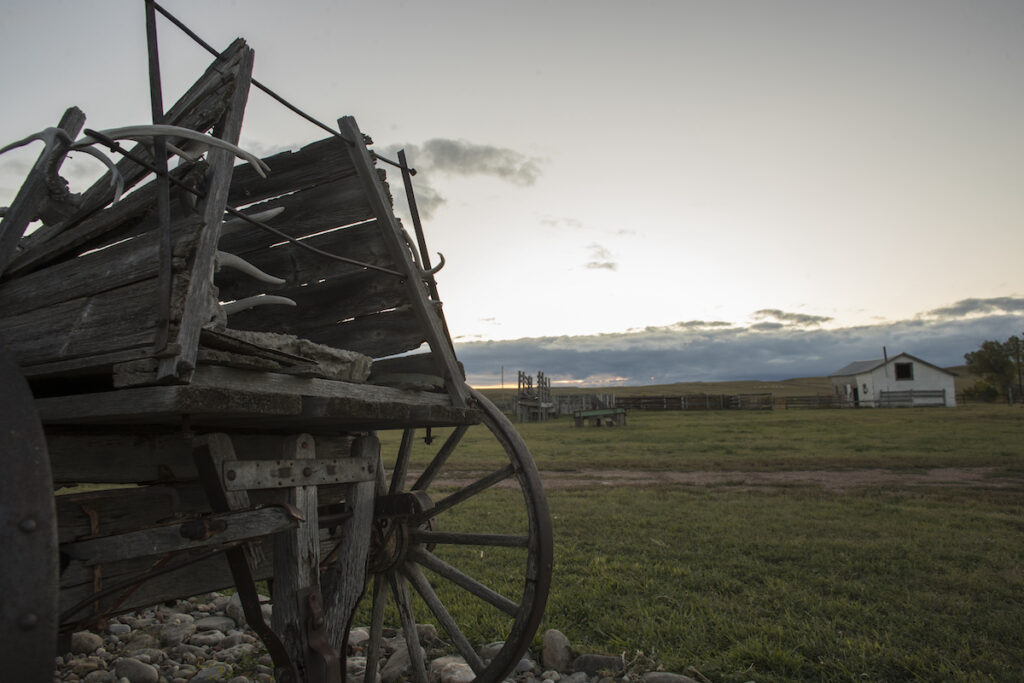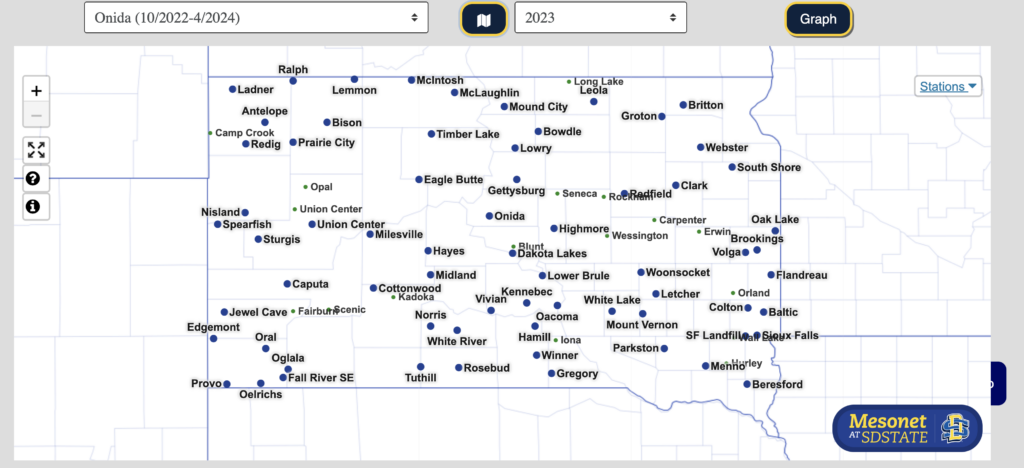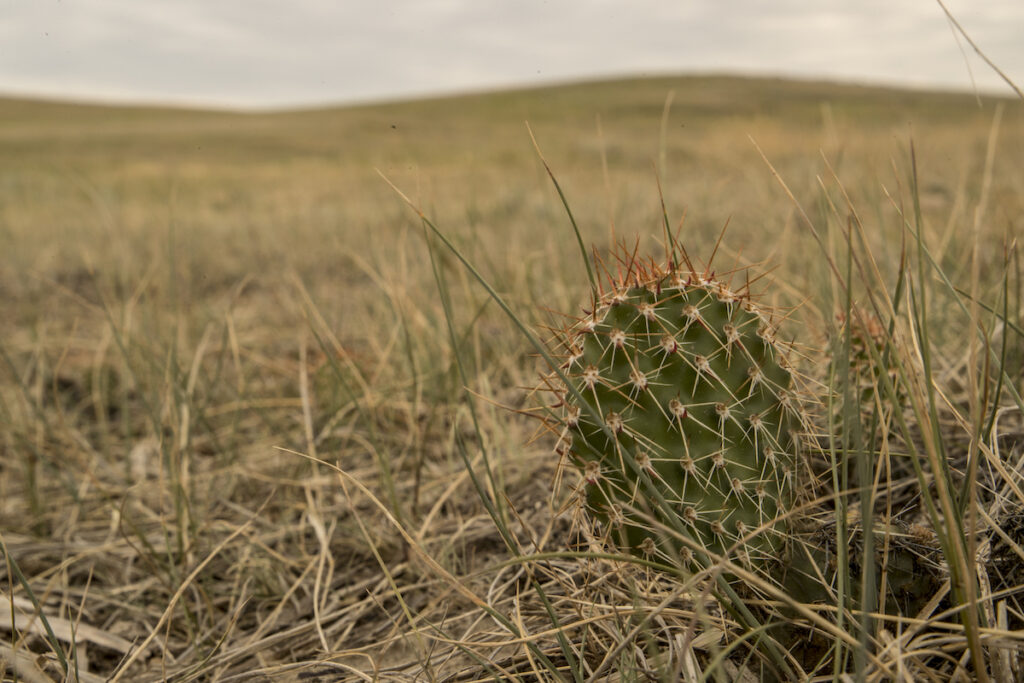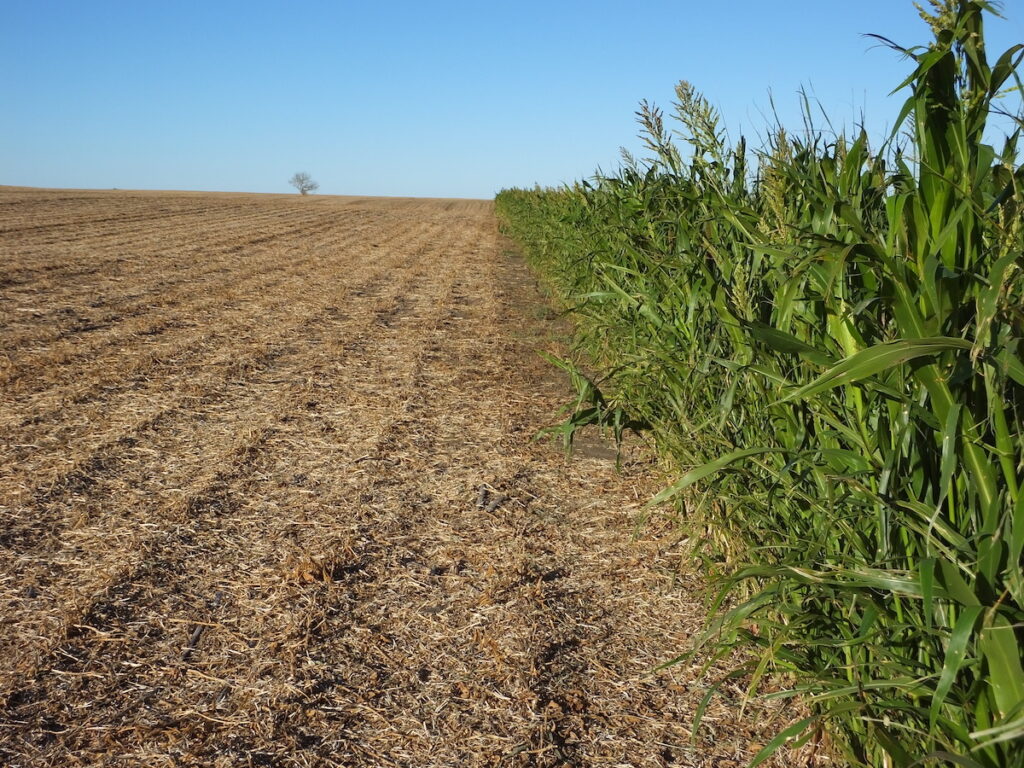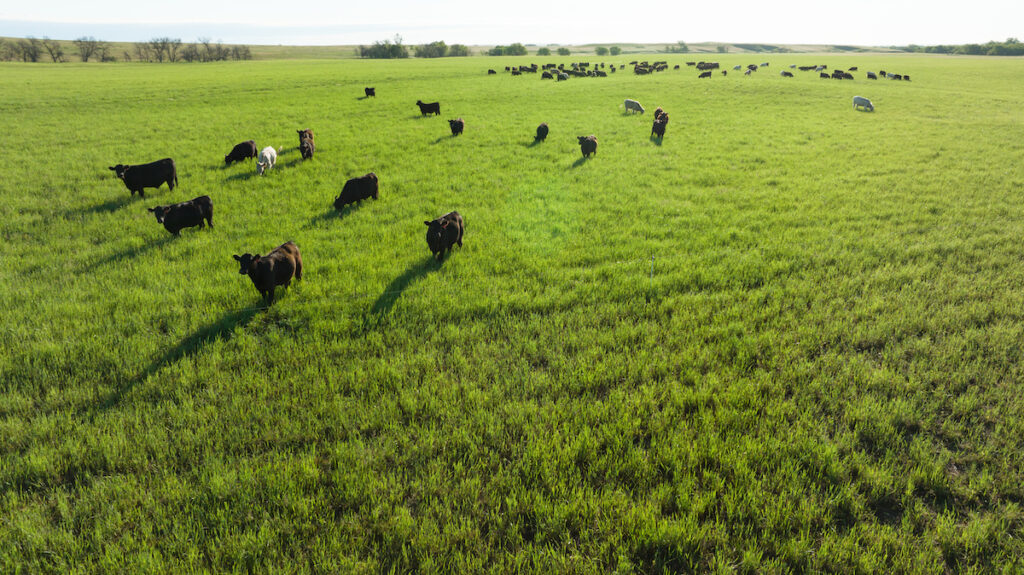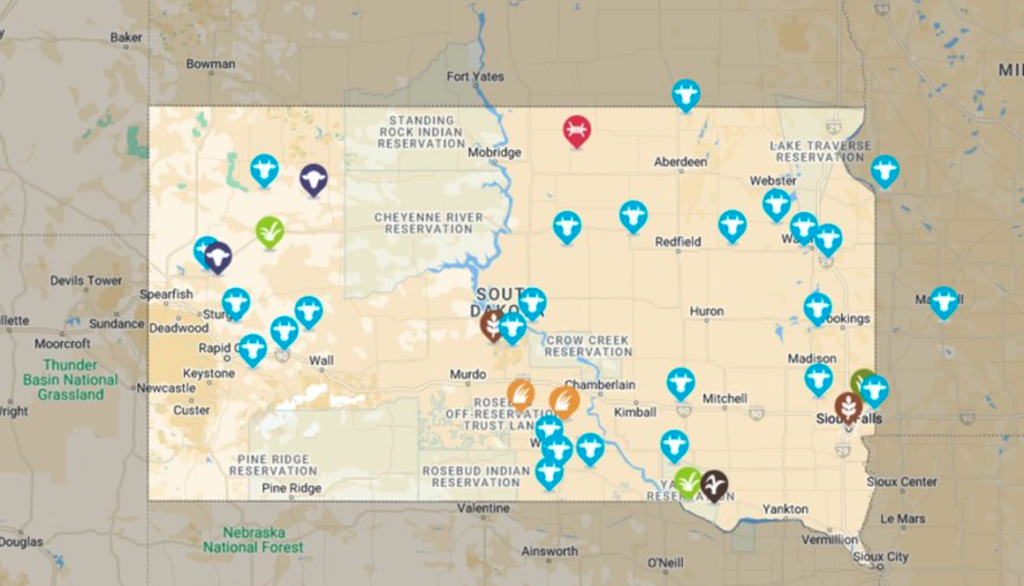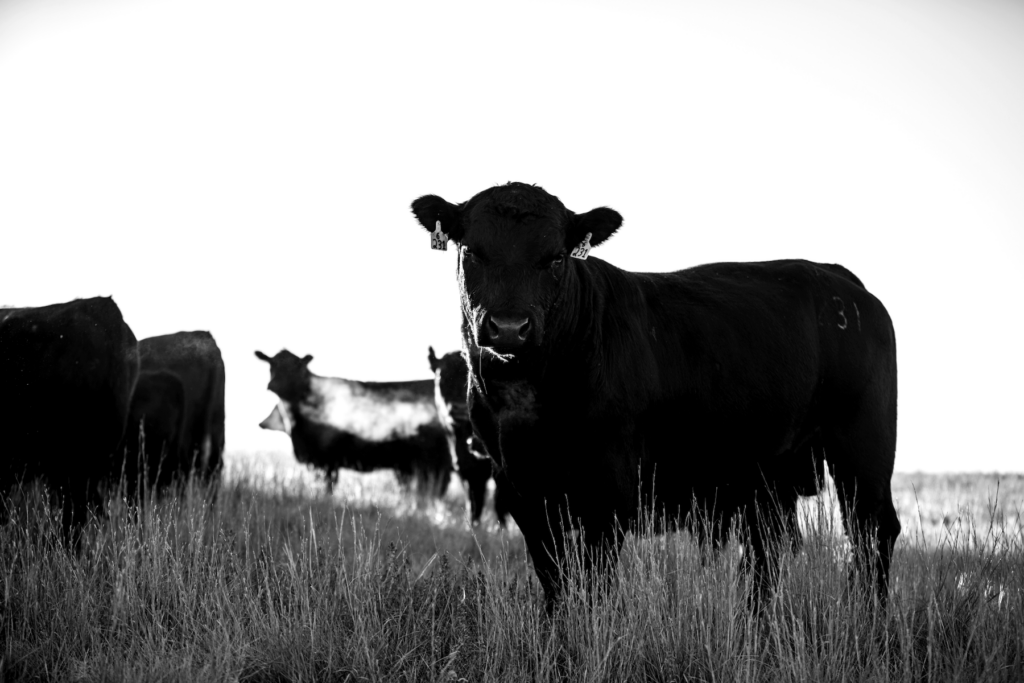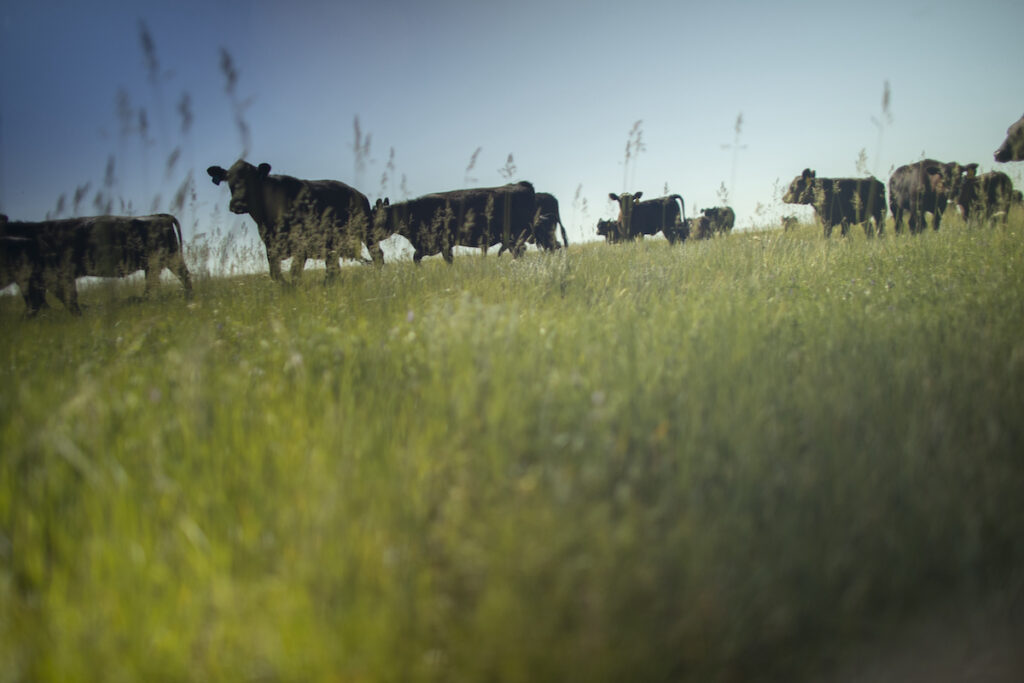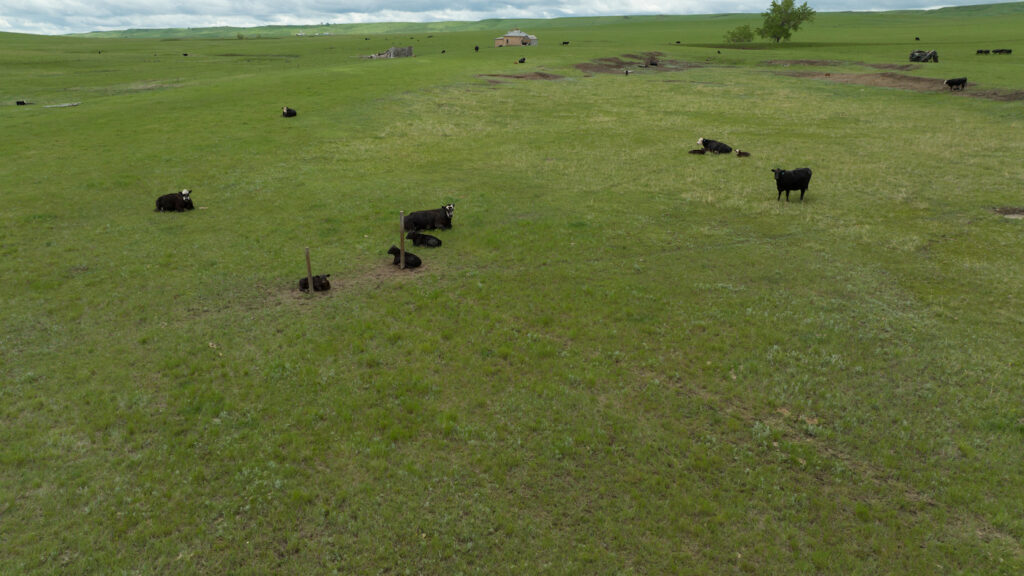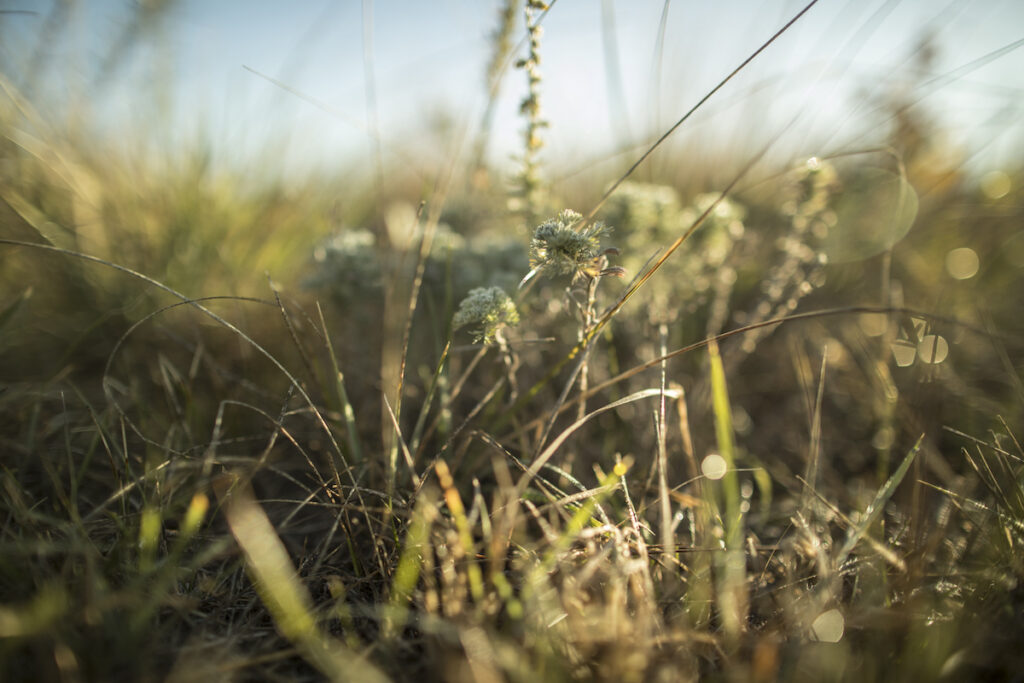The SD Grasslands Summit in Oacoma on March 18 and 19 featured several speakers and a panel focusing on the financial aspect of keeping grass right side up. Only 16% or about 98 million acres of the original North American grassland biome is still intact. A large percentage of those grasslands are privately owned, working lands. Helping grassland managers score a profit is an important part of sustaining that biome into the future.
“Lack of economic information is a major obstacle to conservation success,” said Dirac Twidwell, Professor and Rangeland Ecologist at the University of Nebraska.
SDGC Blog
By this time of year, in March, producers who are experienced in developing and updating grazing plans and drought contingency plans have already reached their first trigger date decision on whether to begin selling livestock. It’s all part of preparing for drought–South Dakota ranchers know better than anyone that the next drought could be right around the corner.
If there is a “silver bullet” in ranching, it is building and maintaining healthy soil in rangeland. Heathy soil in pastures drives profit, holds water around plant roots, in- creases grass plant populations, increases plant diversity, increases root growth and much more. Our ranching culture should be focused on improving soil health in our pastures. Holistic Resource Management (HRM) will make this happen on your ranch.
Despite its numerous benefits, many cattle farmers are still hesitant to adopt rotational grazing due to several misconceptions and fears. In this blog post, we will explore some of the common misconceptions surrounding rotational grazing, why people are often hesitant to start it, and why they should give it a try anyway.
